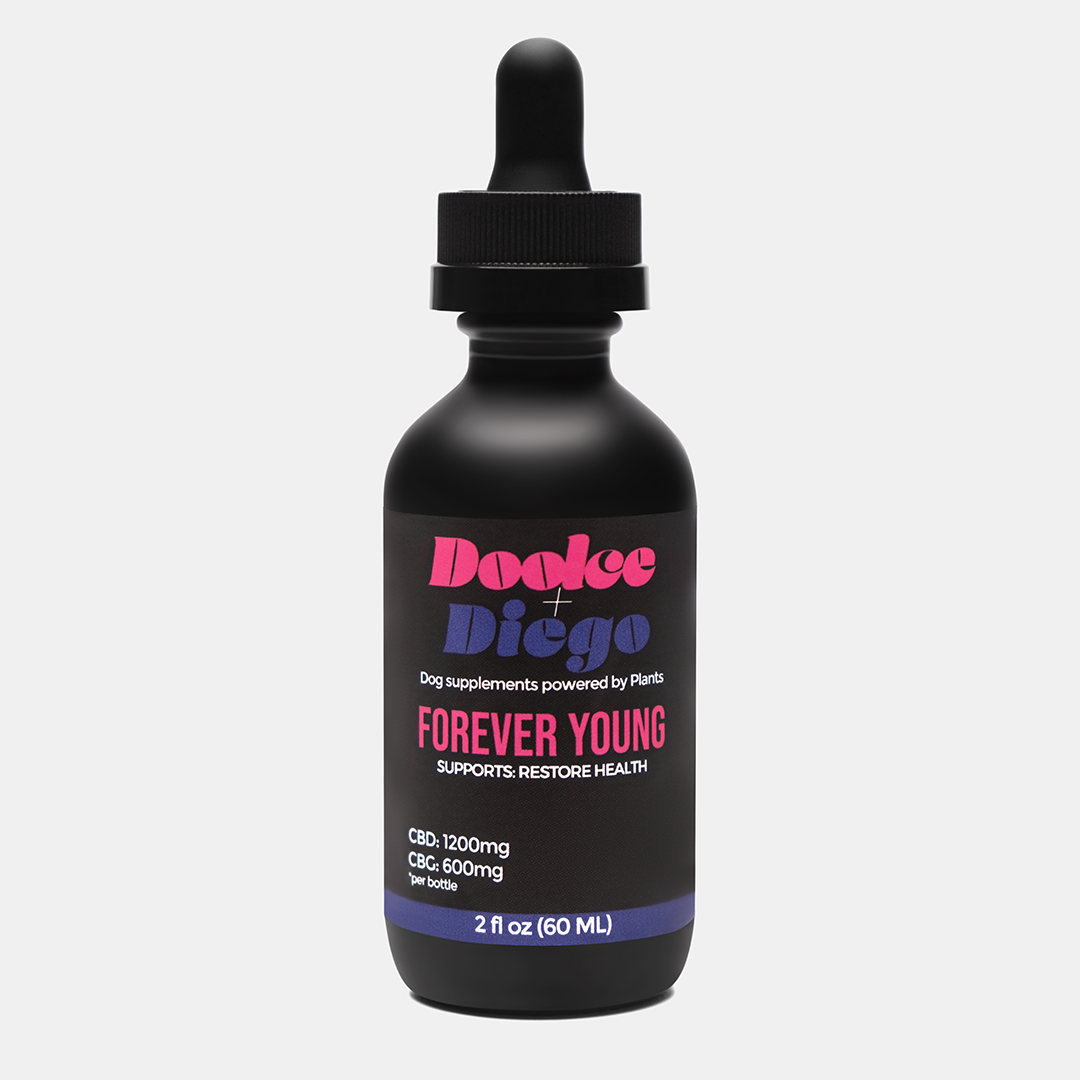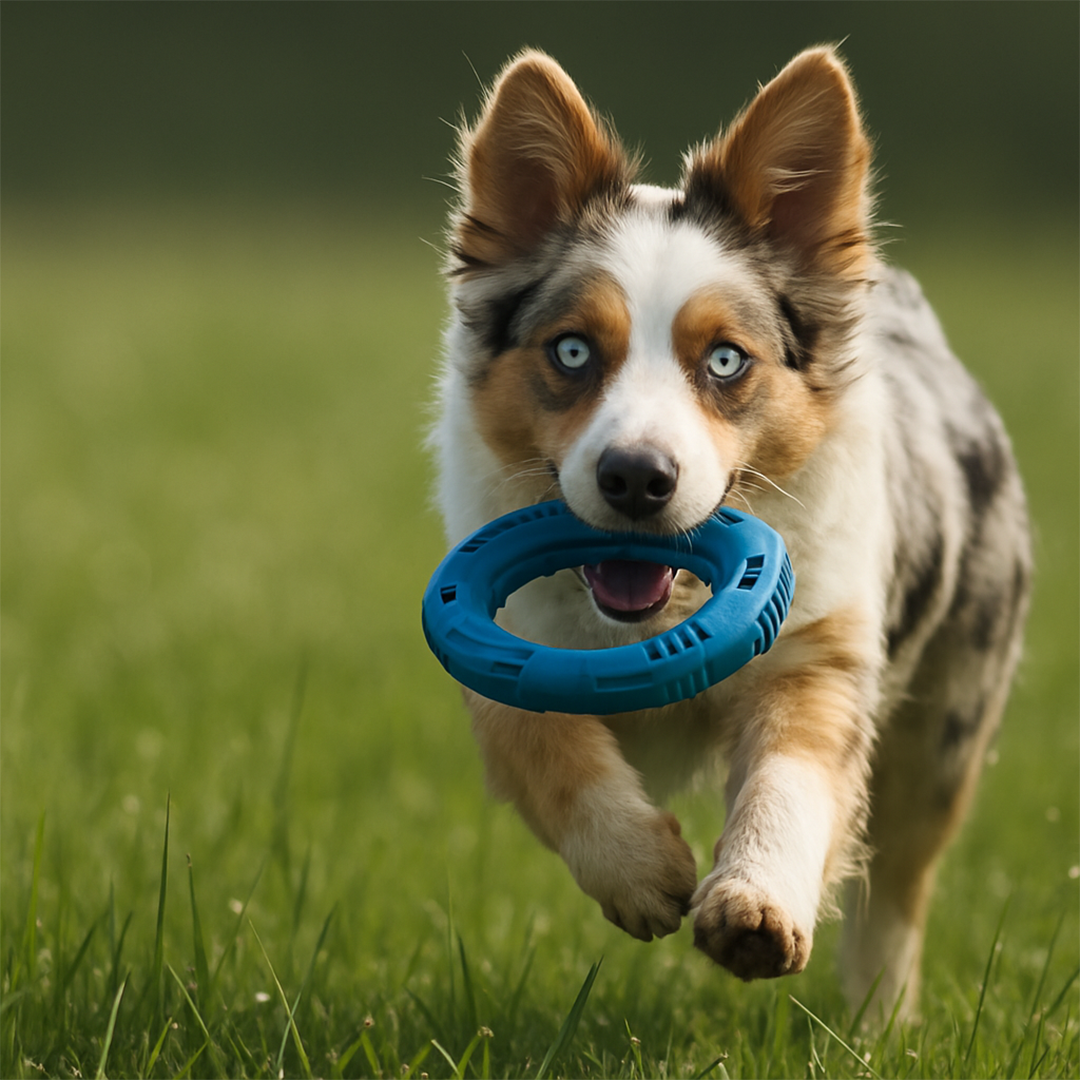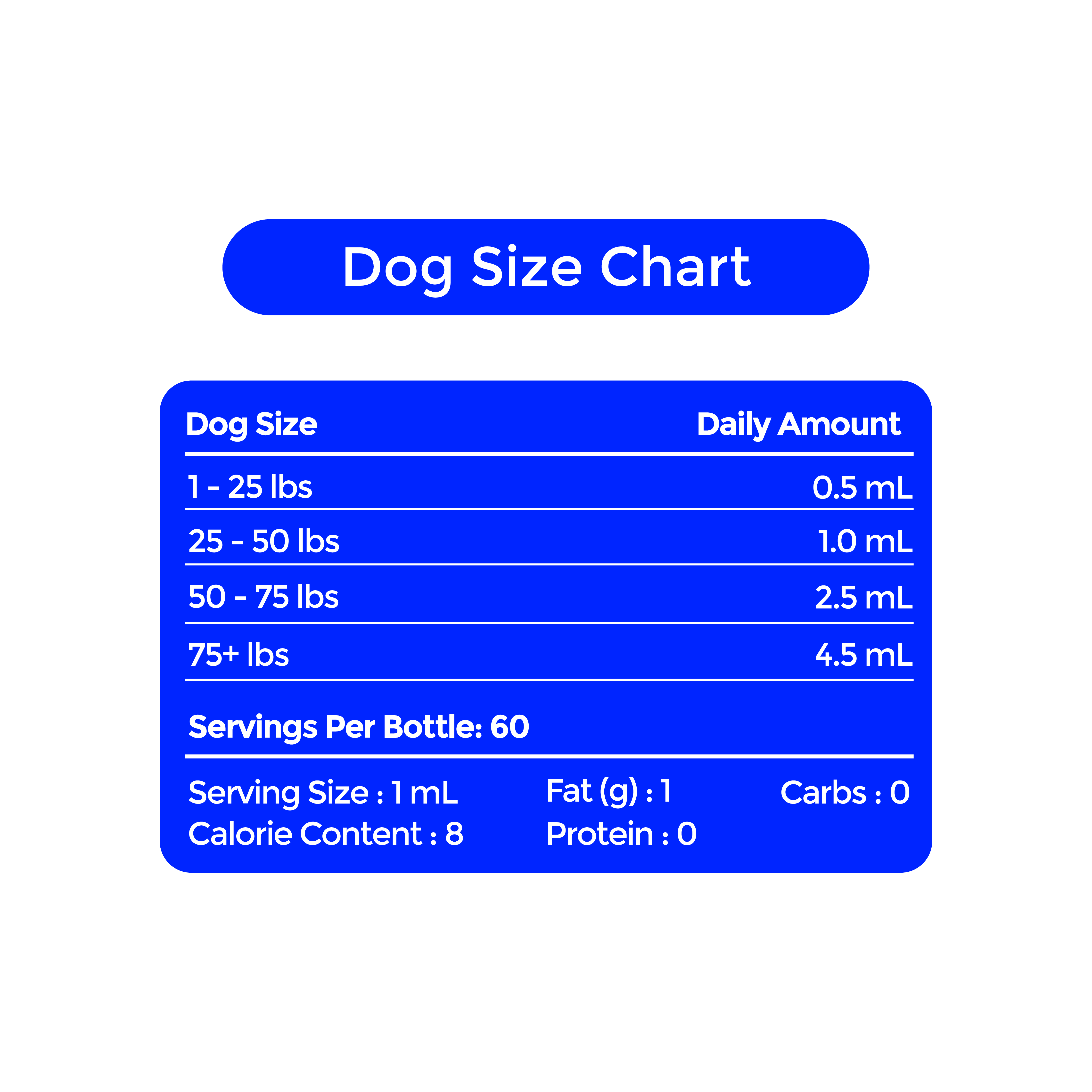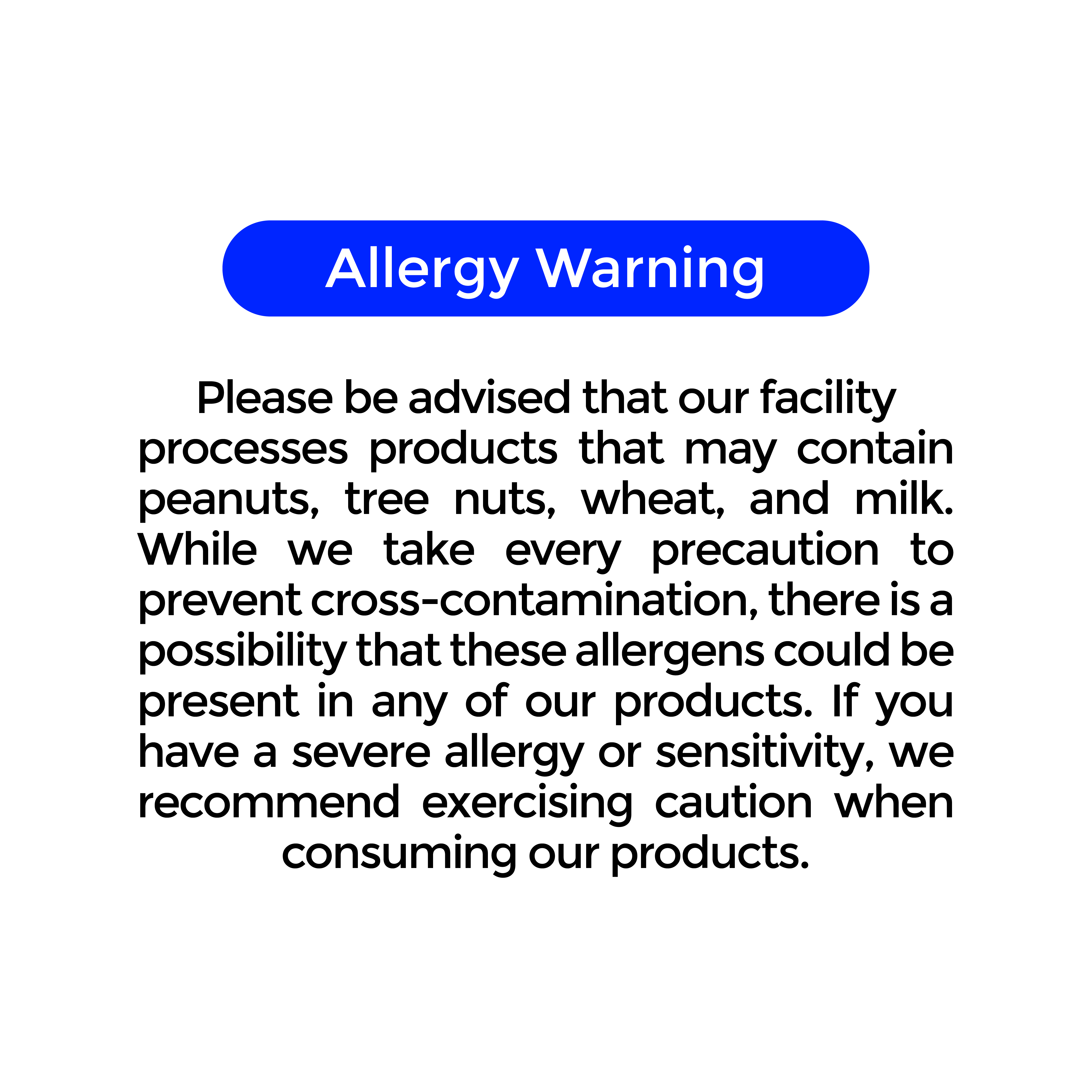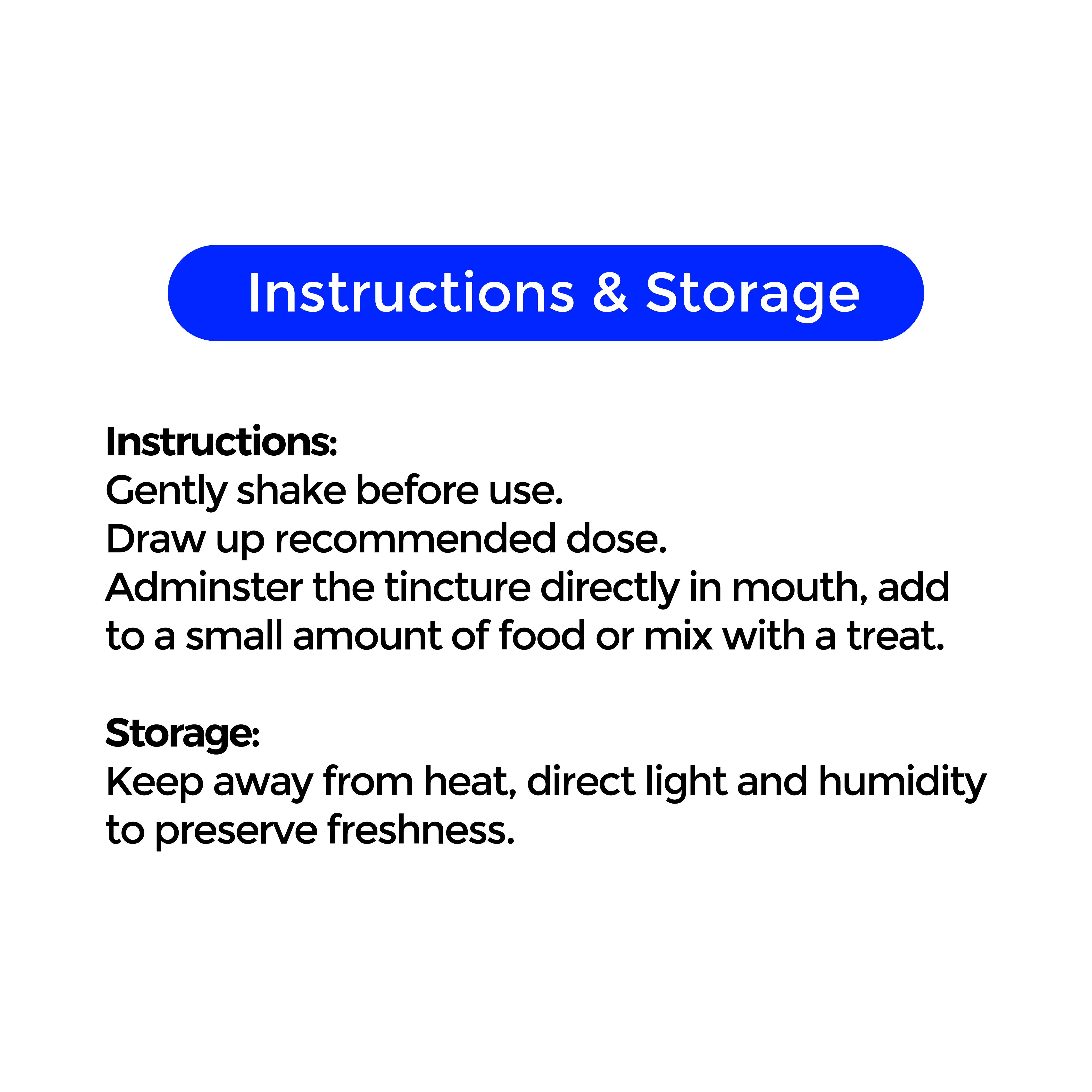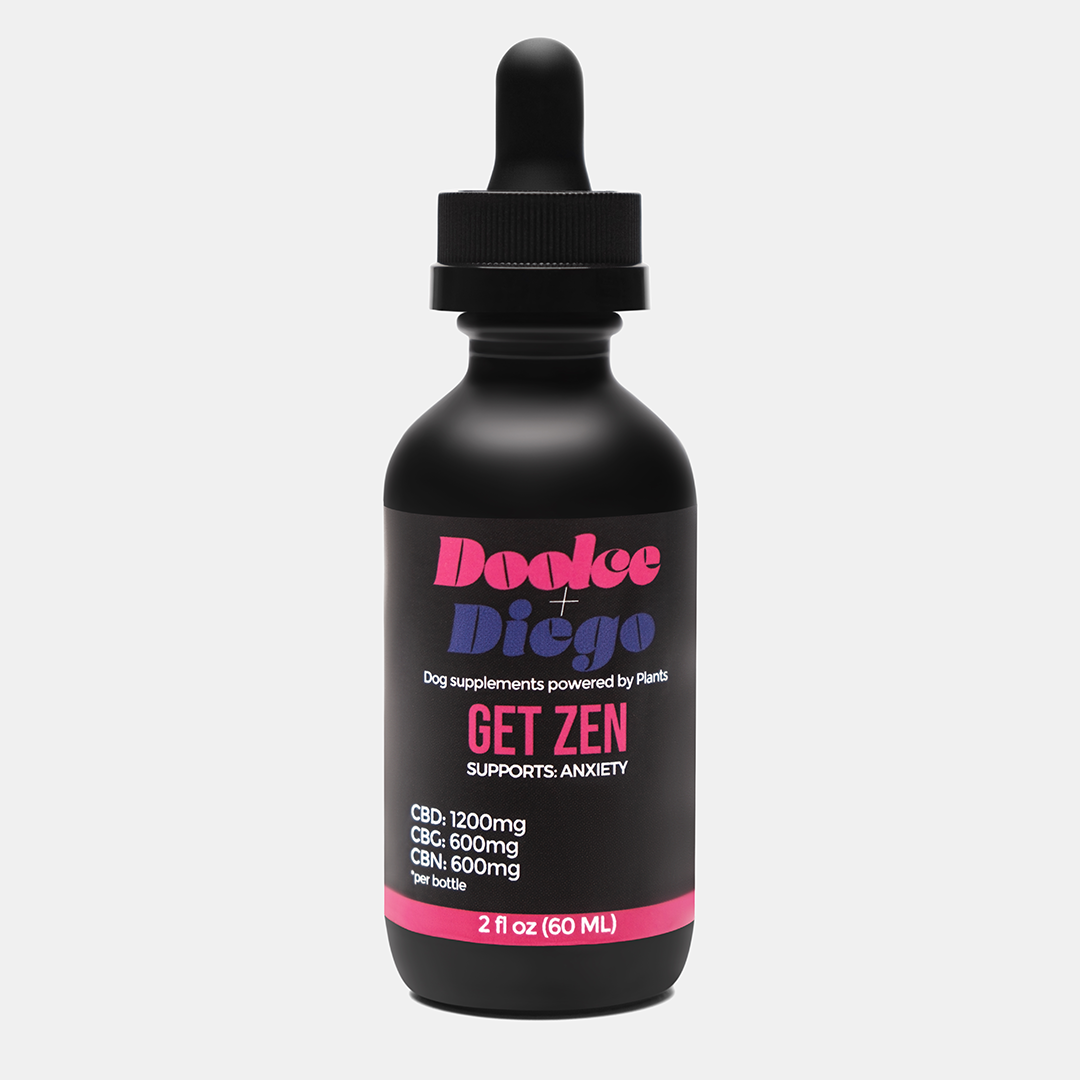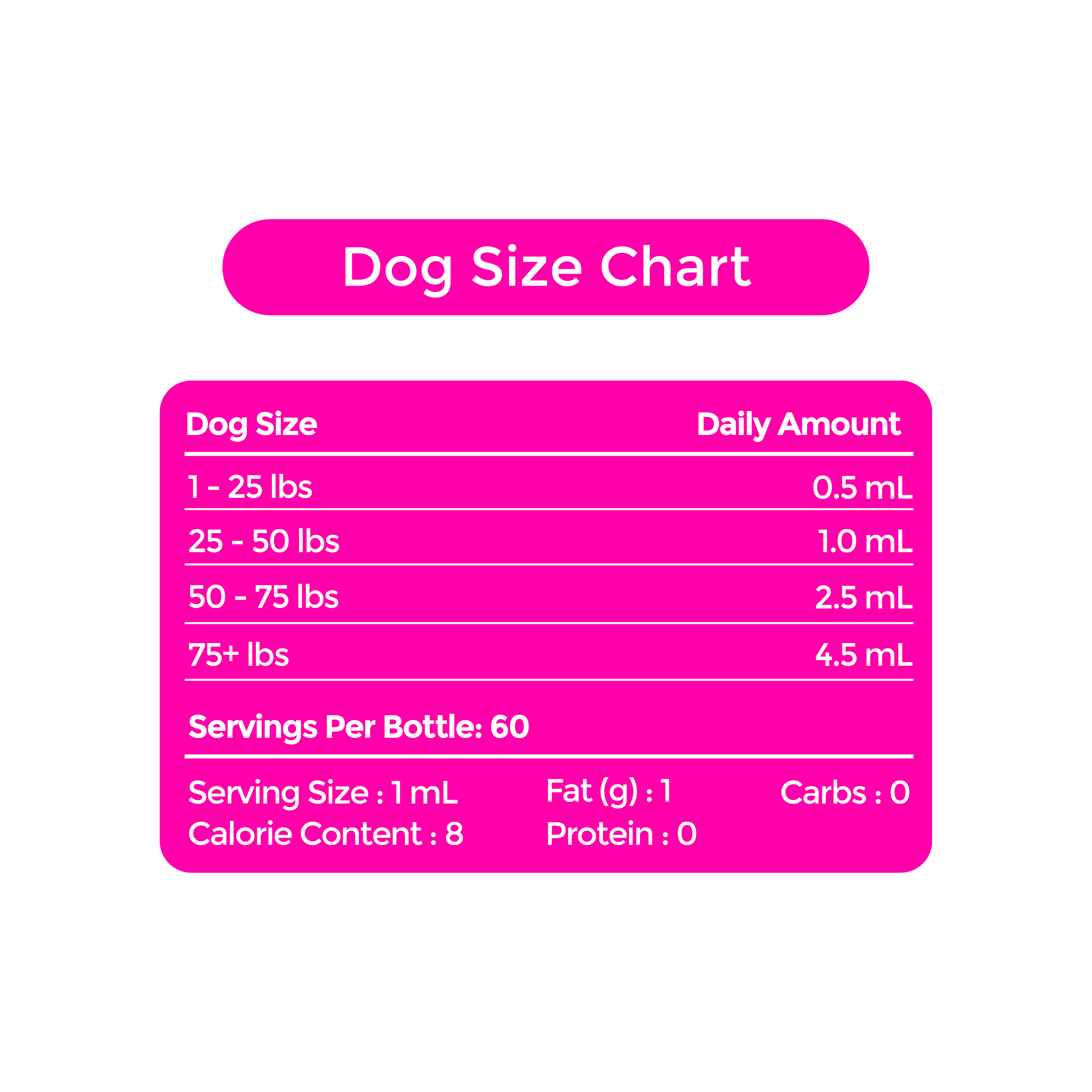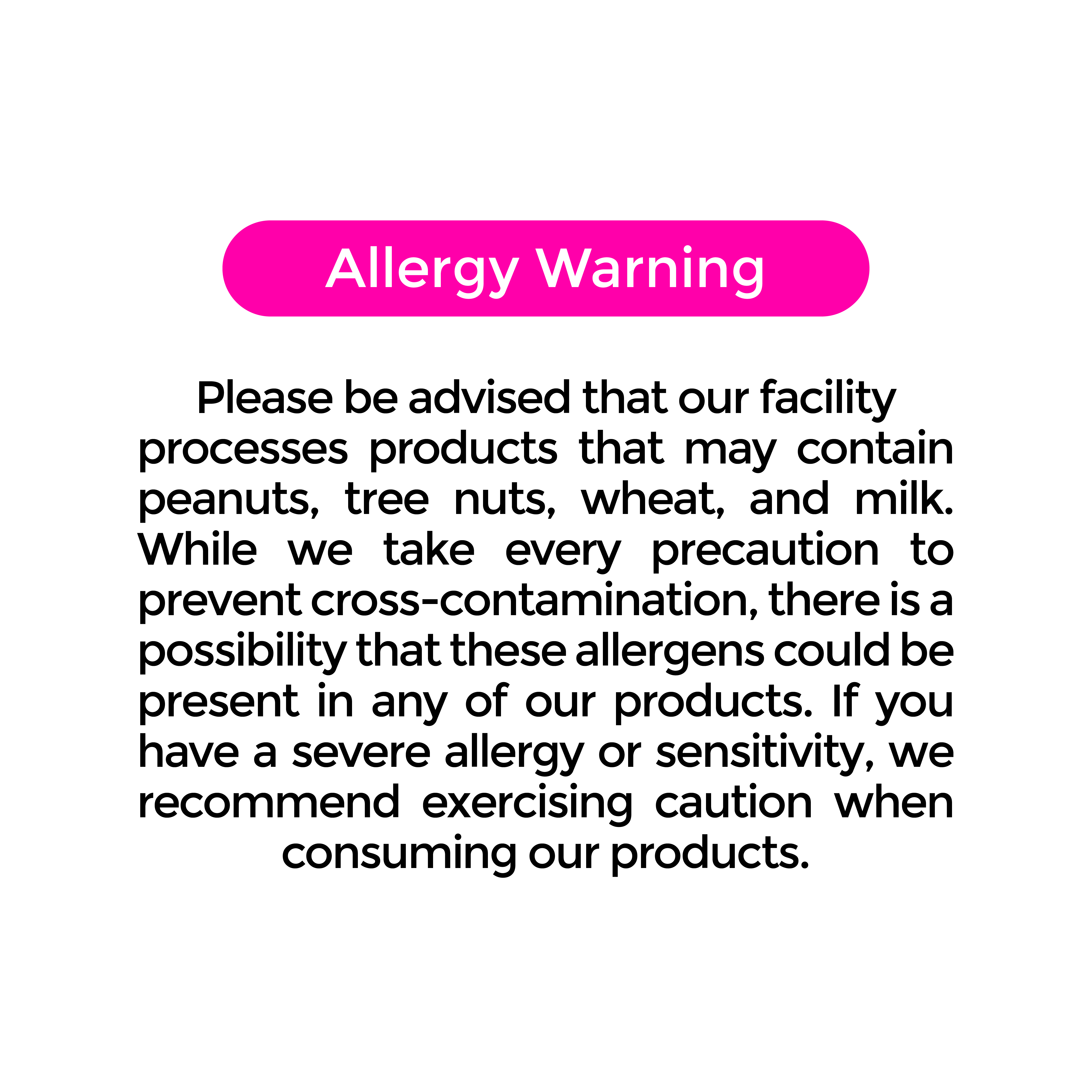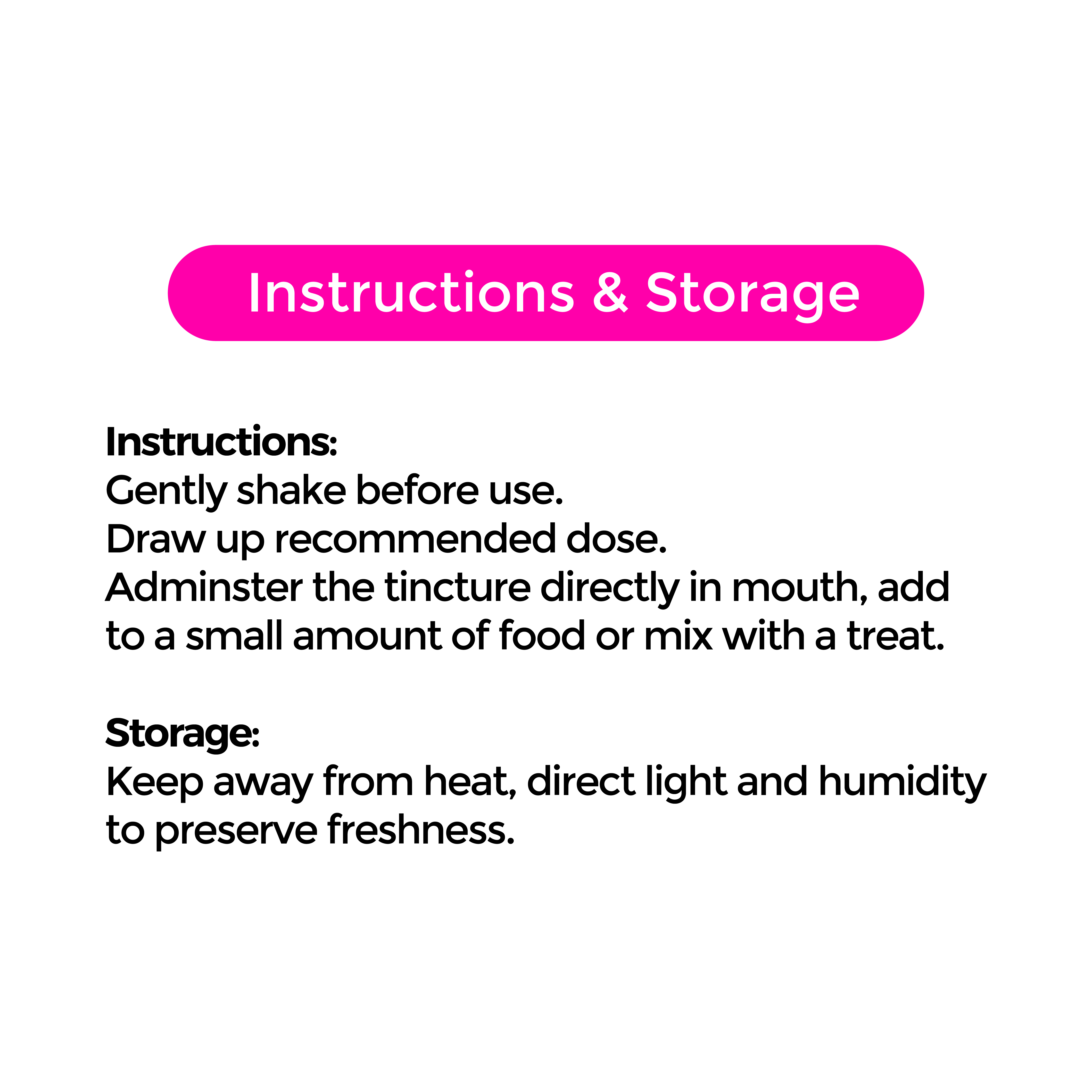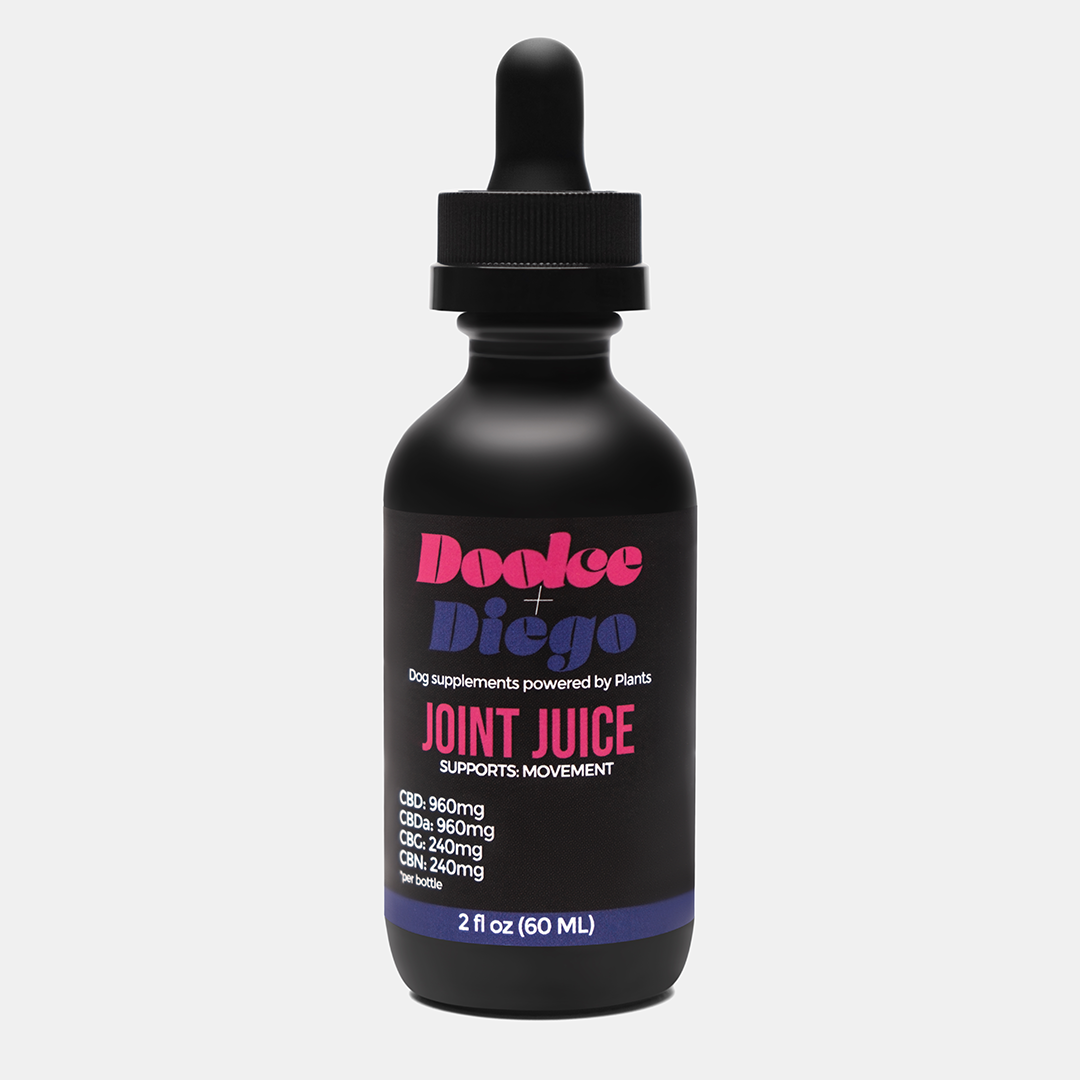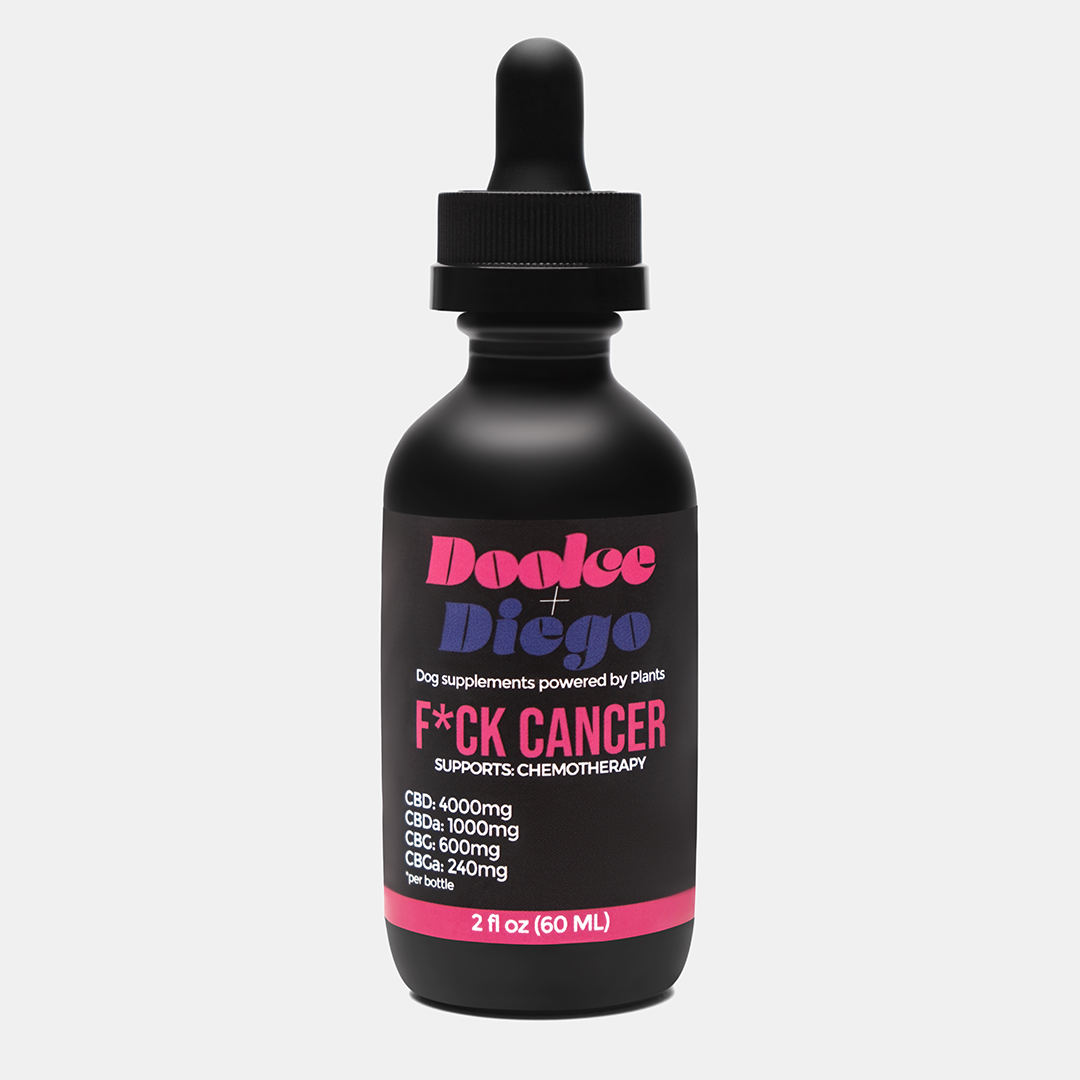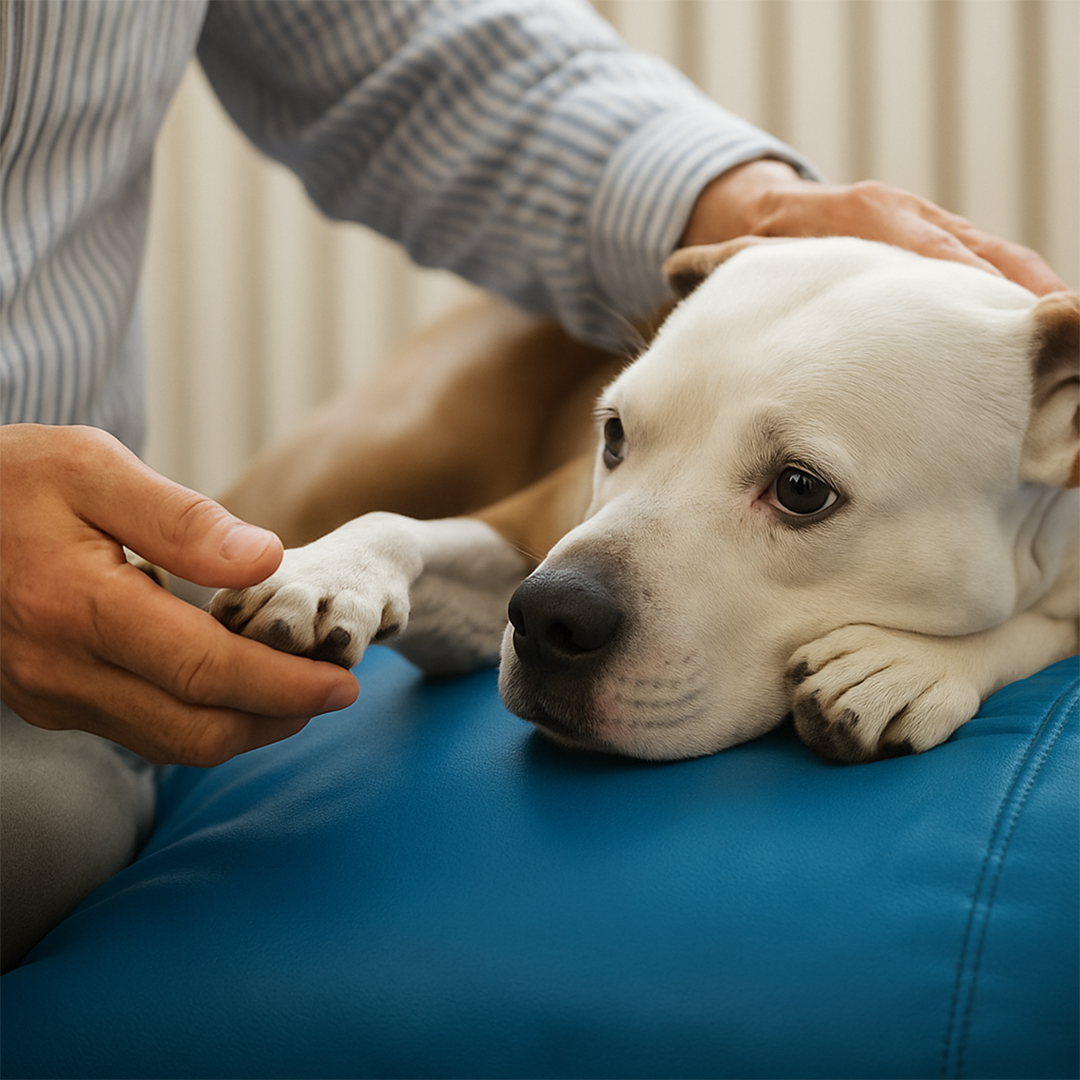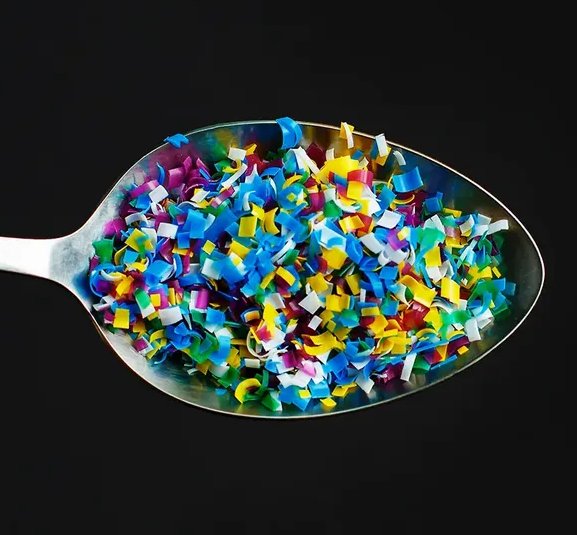
The Dirty Truth About Microplastics and Your Dog
In the grand scheme of things we worry about for our dogs—like whether they're secretly plotting world domination or just really excited about their fifth nap of the day—microplastics don’t usually top the list. But maybe they should. Those tiny, invisible-to-the-naked-eye plastic bits that have infiltrated our oceans, our food, and basically everything, are now making their way into the lives of our furry best friends. It’s time we talk about why microplastics are not just an environmental issue but also a canine crisis waiting to happen.
You might be thinking, “But wait, my dog doesn’t even like plastic unless it’s in the form of a squeaky toy!” And that’s exactly the point. Microplastics are sneaky little devils, and they can enter your dog's body through food, water, or even from rolling around in the great outdoors. Once ingested, they can act like tiny toxin magnets. Microplastics absorb harmful chemicals like pesticides and heavy metals from the environment, and when your dog eats or drinks something contaminated, they get a side serving of environmental nastiness. Think of it like your dog accidentally ordering the mystery meat platter at a shady diner—only they didn’t even get to choose.
Then there’s the gastrointestinal fun these microplastics can cause. Small as they are, they can still irritate your dog’s digestive system, causing blockages or discomfort. Cue the vomiting, diarrhea, and a whole lot of sad puppy eyes. No one wants to see their dog looking like they just lost their best friend—especially when the culprit is something as ridiculous as microscopic plastic. And unlike that time your dog ate an entire sock (or five), microplastics don’t just pass through; they linger and wreak havoc.
On top of all that, let’s talk immune system. Microplastics aren’t just tiny invaders—they’re inflammatory. Literally. When your dog’s body recognizes these foreign particles, it goes into defense mode, trying to fight off something it can’t even see. This can leave your dog’s immune system in a state of constant stress, which is about as helpful as trying to fight a hangover with more tequila. Over time, this weakens their ability to fend off actual diseases or infections. Spoiler: this is not the kind of “strong immune system” we’re aiming for.
Even worse, microplastics love to stick around. Over time, they can accumulate in your dog’s body, building up in their organs like that junk drawer you keep promising to clean out. This bioaccumulation could lead to long-term damage, especially to their digestive and excretory systems. And let’s not forget the little chemical party these plastics throw—some of them contain endocrine disruptors like BPA or phthalates. These chemicals mess with your dog's hormones, potentially causing reproductive issues or developmental problems. It’s like a bad high school science experiment gone wrong, but this one affects your dog’s health.
So, what’s the takeaway here? Microplastics are not just an ocean thing or a human thing—they’re a dog thing, too. From potential toxicity to immune system disruption, these plastic bits are becoming the unwanted guests in your dog's life. And while you might not be able to bubble-wrap them from every environmental hazard (please don’t actually do that), keeping an eye on their water source and limiting exposure to heavily polluted areas can go a long way. Plus, now you can say you're not just a dog parent—you’re an eco-warrior, fighting the good fight against tiny plastic villains.


